Last night's message didn't seem to post correctly, so here it is again.
I know that most of what I've posted in the past has been about the impossibility of persuading any plants to grow in my yard (see my profile page for details if you've forgotten or somehow missed it), but I actually do have some plants growing - and sometimes, mainly in springtime, they even manage to look nice. So I thought I would share some of this spring's highlights, perhaps to help explain why I continue bothering to try.
Let's start in March. This is basically my second spring as a gardener, and both springs have been kicked off by the golden currant (Ribes aureum). Since it's much bigger this spring than last, it was also much more spectacular this spring than last. I really can't recommend this species highly enough; it's in pretty much the absolute worst spot in my whole yard, and it's never complained a bit. It's native, gorgeous, totally unkillable, and even produces currants for me to eat!
{{gwi:531149}}
{{gwi:531151}}
In April, the purple spikes of this arroyo lupine (Lupinus succulentus) created an unexpectedly grand entrance to the back yard. I only had about 10 seeds of this plant last fall, and I just scattered them directly on the ground, but it seems like all 10 seeds germinated. Four of the resulting plants survived long enough to bloom, but this one was my favorite. (It's still alive now, but past its peak. And it's an annual, so it won't be around much longer.)
{{gwi:531153}}
The California buttercups (Ranunculus californicus) have been putting on a good show too. They're shown here in April. The plants blooming behind them are baby blue eyes (Nemophila menziesii) and Chinese pagodas (Collinsia heterophylla) - both native annuals grown from scattered seed.
{{gwi:531155}}
These tidy tips (Layia platyglossa) also sprouted from scattered seed.
{{gwi:531158}}
Meanwhile, in the front yard, the two island alum roots (Heuchera maxima) and the tiny red bush monkeyflower (Mimulus puniceus) have been blooming away since April in front of our front door. (Yes, I know the lawn needs mowing. Lawn care is not my strong point.)
{{gwi:531160}}
Wrapping up the April photos, here is sand-dune wallflower (Erysimum capitatum), surrounded by baby blue eyes (Nemophila menziesii). I love the way the baby blue eyes arranged themselves around the wallflower, but since both plants sprouted from scattered seed, I can't take credit for having planned it. (And yes, I know my yard is the furthest thing imaginable from a sand dune. The wallflower doesn't seem to mind, though.)
{{gwi:531162}}
Let's move on to May. Here's the same wallflower now. It's started making seeds!
{{gwi:531164}}
The hairy gumplant (Grindelia hirsutula) is just beginning to bloom. I find its spiky buds at least as interesting as its big yellow flowers! Here it is with mountain garland (Clarkia unguiculata) and the smaller yellow flowers of California buttercup (Ranunculus californicus).
{{gwi:531166}}
Last spring's foothill beardtongue (Penstemon heterophyllus 'Blue Springs') survived the winter flooding, but somewhat the worse for wear; the surviving plants aren't blooming, while this newly purchased one is. Oh well. It intertwines beautifully with globe gilia (Gilia capitata) and tidy tips (Layia platyglossa) - again, two native annuals that sprouted from scattered seed.
{{gwi:531168}}
Here's another view of the same plants, plus California poppies.
{{gwi:531170}}
Here is the mountain garland Clarkia unguiculata), with some tidy tips blooming below it and the golden currant in the upper right corner, no longer blooming.
{{gwi:531172}}
The mountain garland has absolutely exploded this month.
{{gwi:531174}}
Standing in the same spot as above, but looking left: the Fremont's bush mallow (Malacothamnus fremontii) is covered with buds and has just begun to open its first few flowers.
{{gwi:531176}}
From the wrong camera angles, of course, there are still plenty of bare spots. But from the right camera angles, it looks almost worthy of a gardening magazine. With results like this in parts of the yard at times, is it any wonder that I can't bring myself to write off the yard as hopeless like a sensible (non-gardener) person might?
{{gwi:531178}}
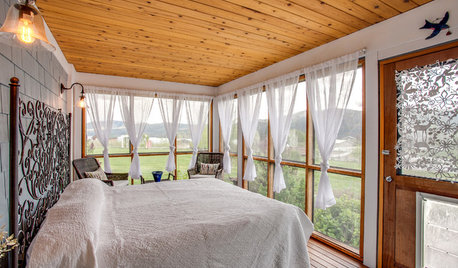

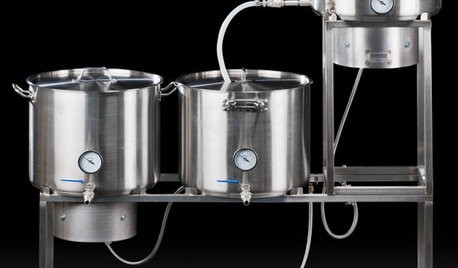
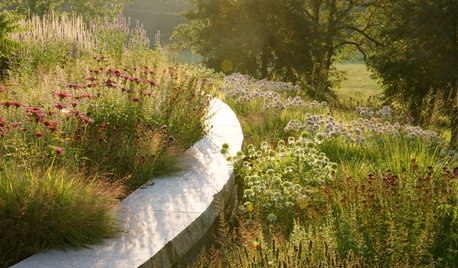
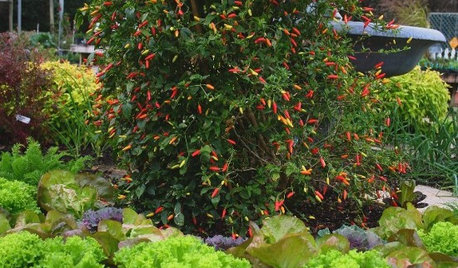



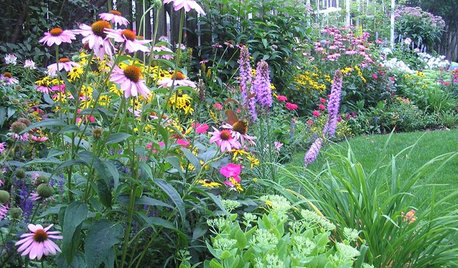
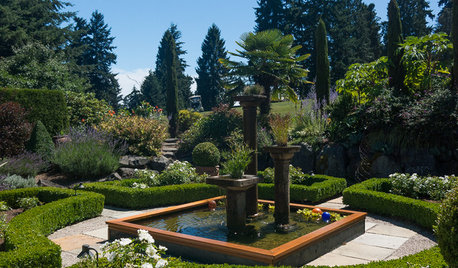






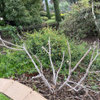
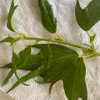
gardenerme
gobluedjm 9/18 CA
Related Professionals
Londonderry Landscape Architects & Landscape Designers · 70037 Landscape Architects & Landscape Designers · Leawood Landscape Architects & Landscape Designers · Quincy Landscape Architects & Landscape Designers · Alamo Landscape Contractors · Andover Landscape Contractors · Deer Park Landscape Contractors · Gaithersburg Landscape Contractors · Mission Viejo Landscape Contractors · Norwalk Landscape Contractors · Olympia Landscape Contractors · Royal Oak Landscape Contractors · Salmon Creek Landscape Contractors · Las Vegas Swimming Pool Builders · Decatur Window ContractorsLaurel Zito
dicot
stanofh 10a Hayward,Ca S.F. bay area
hosenemesis
queerbychoiceOriginal Author
wanda
miteymo
queerbychoiceOriginal Author
dicot
kelpmermaid
peebee1
queerbychoiceOriginal Author
peebee1
kelpmermaid